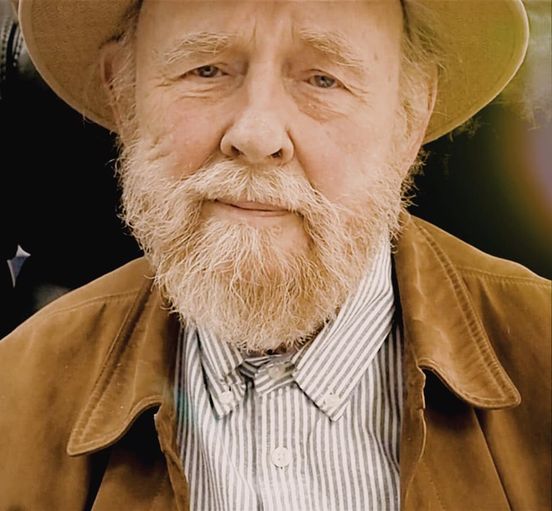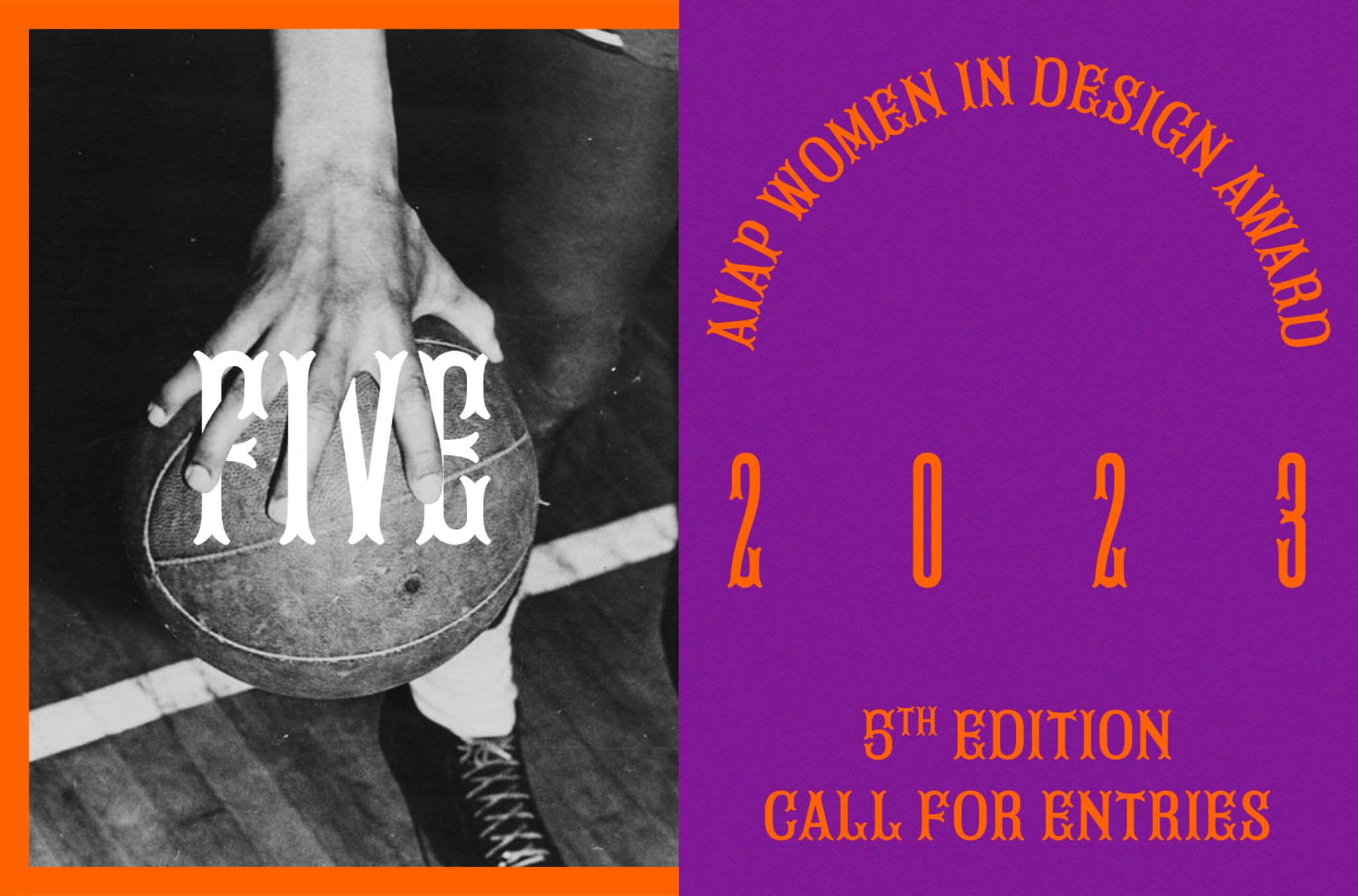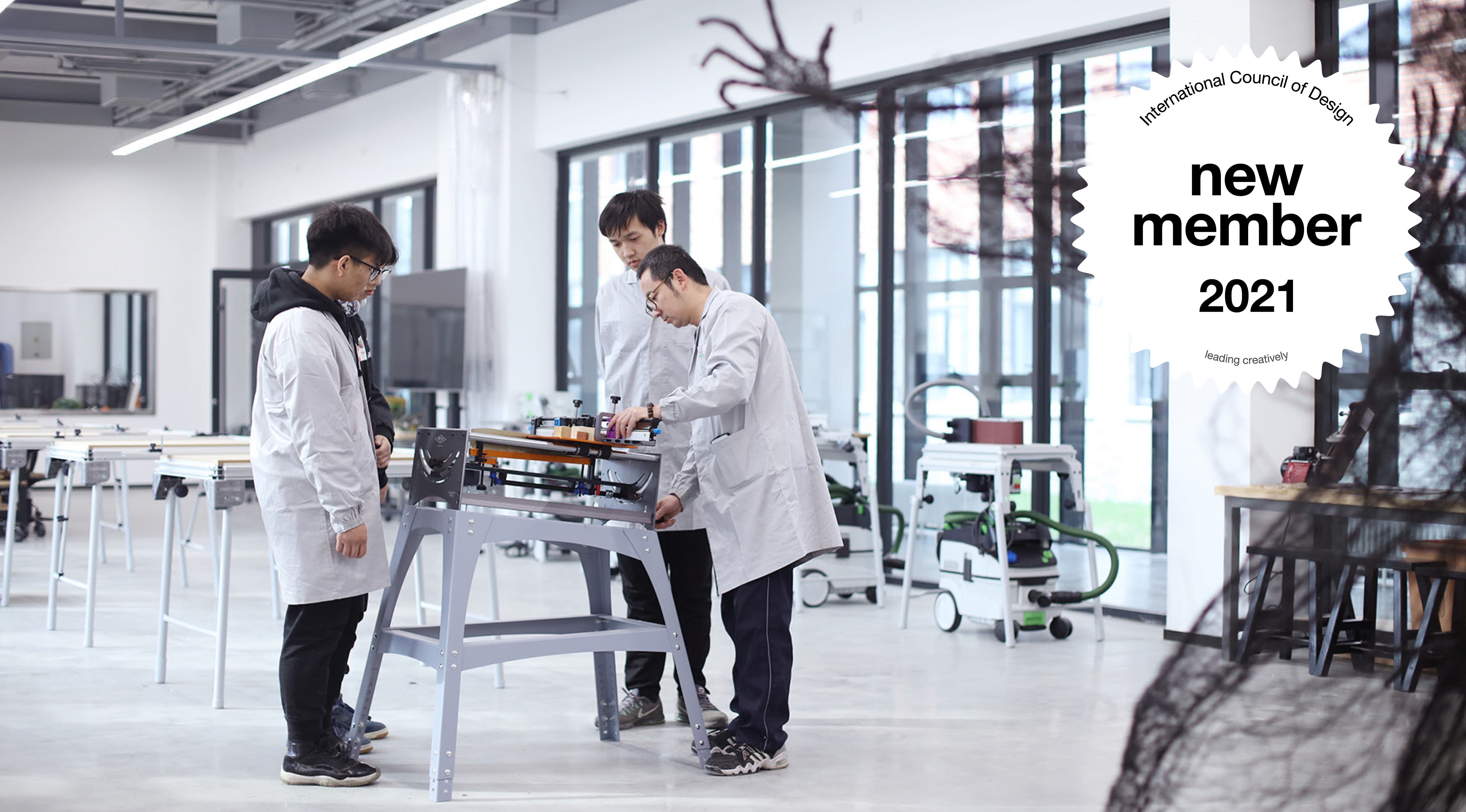MAKE UP YOUR MIND

28.03.2006 News
Making decision means motion.
If the chosen direction has been the right one, always shows later.
Making decisions always means to take over responsibility and to bear
the consequences. In all aspects of our daily life we constantly have
to and want to come to decisions.We make decisions concerning our own
as well as others' lives. And we have to deal with the fact that
decisions are made about us, possibly without our consensus.
Making decisions means renunciation.
In favour of one decision we have to give up on other possible
solutions, remaining uncertain of which one would have generated the
better result. In the process of making decisions, there are often
various groups with various points of views involved. In order to reach
a sustainable decision it is generally necessary to have a clear vision
of how we can come to a compromise, which is constructive.
Making
decisions is a challenge because there are multiple layers of
influencing factors. The same mechanisms are ruling in the political
context of small companies as well as in larger corporate business
groups, in the context of professional life and in our daily lives:
hierarchies define the grade of power often regardless of knowledge and
competence or the lack of the same.
The annual conference
of the women designer's forum will shed a light on the aspects of
decision making which are specifically relevant to design.
The
creative process of designing is characterised by constant decision
making. Designers depend on their willingness to make decisions and to
carry the involved risks. The circumstances of design projects often
remain unclear. It is hard to work efficiently with aims not
necessarily being clearly defined, hierarchies often not being
transparent and the genuine motivation of the client kept in the dark.
Frequently it is the designers who have to create the sound foundation
for an efficient co-operation by asking questions, challenging and
completing the briefing.
Designers create the facts on
which decisions have to be made, by the designers themselves, by the
involved teams, by the clients and finally by the market. In order to
pave the way to a constructive compromise they have to convey facts and
contents while standing in the cross fire of very different needs: The
demand on efficiency, products that are in line with the market and
economical success collide regularly with the wish for innovation,
perfectionism, understanding of artistic quality and intention.
Repeatedly even the decision-makers do not agree on the general
priorities. Rarely objective and foreseeable aspects alone lead to a
decision. Personal taste and emotional aspects are playing a
considerable role. Designers have to allow for those mechanisms in
order to be judged successful on their results.
For further information please contact:
designerinnen forum e. V.
Gesch ftsstelle
Bernadottestr. 182
D-22605 Hamburg
T: +49 40 890 11 68
E: office@designerinnen-forum.org

relatedarticles
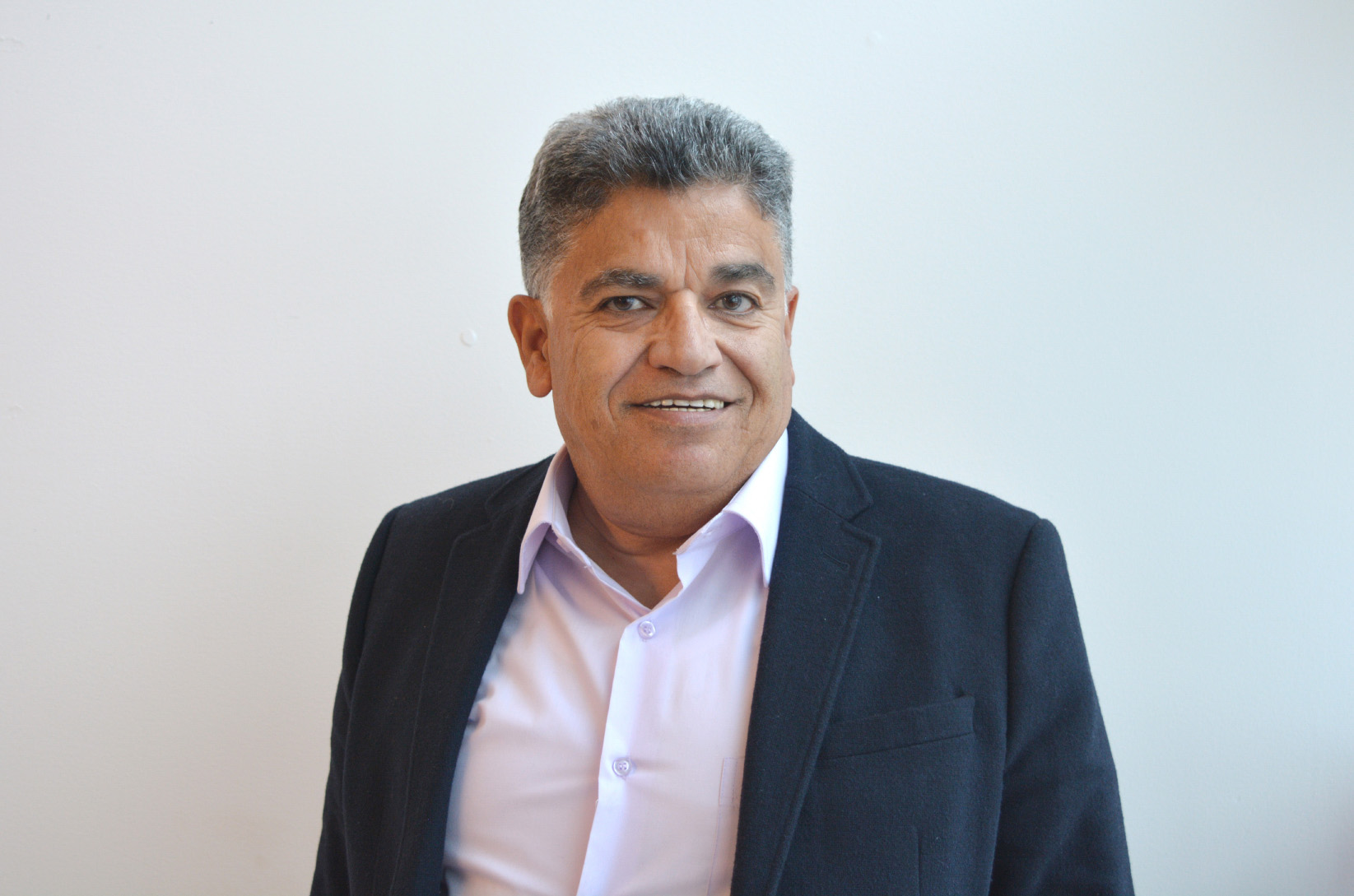
in memoriam: essam abu awad (1958-2021)
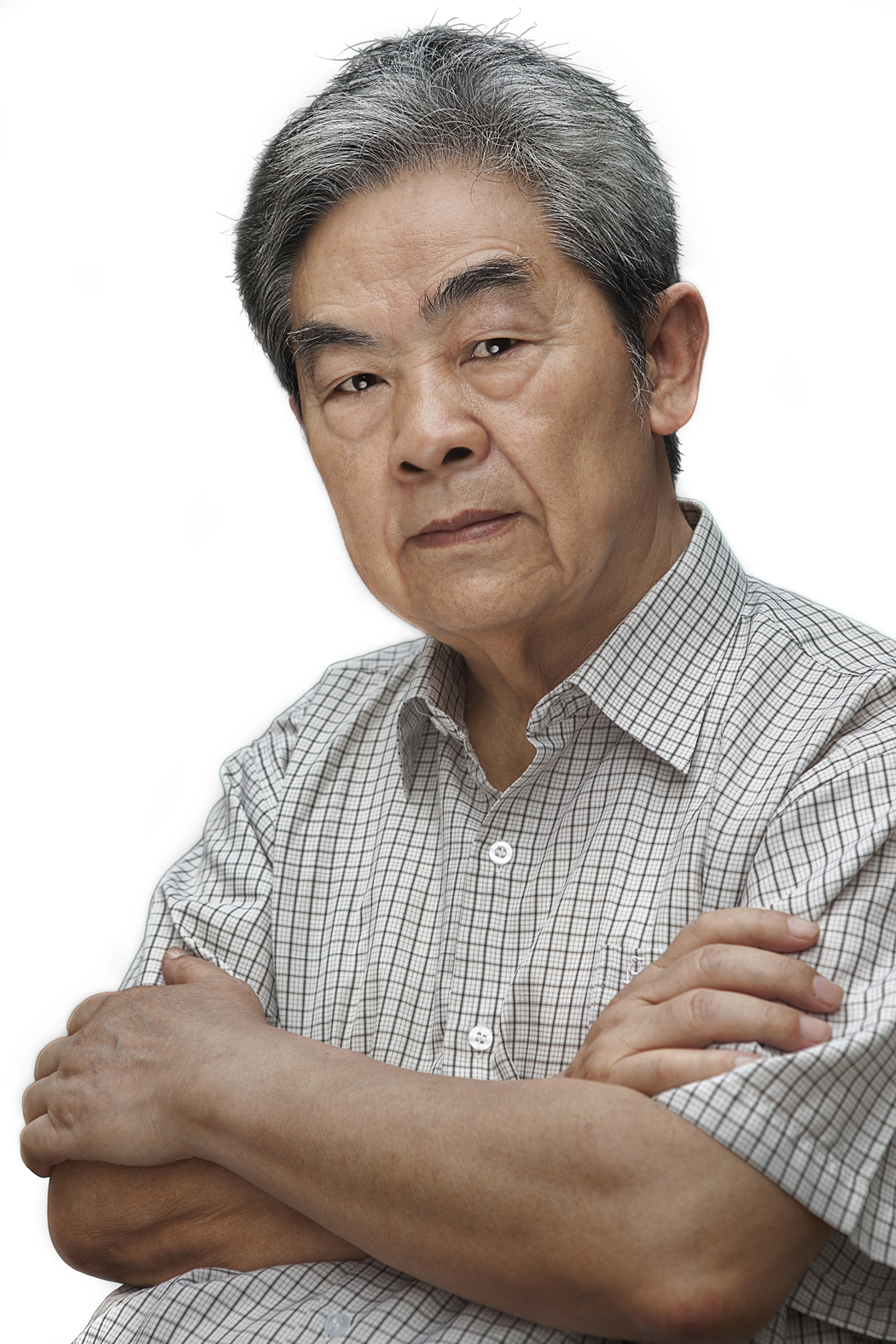
in memoriam: yu bingnan (1933–2020)
